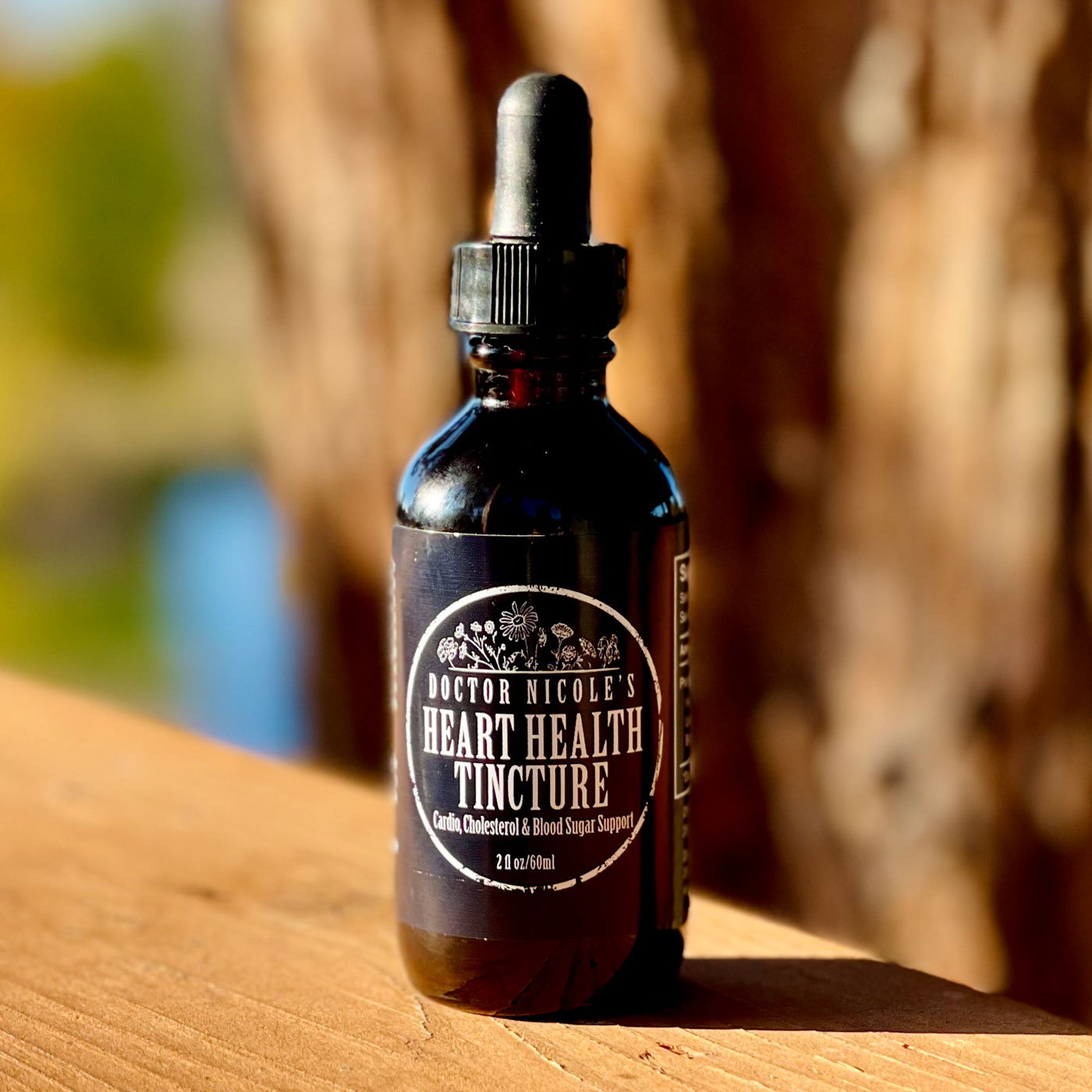Supporting Optimum Aging and Health
You eat a healthy diet, exercise, and reduce stress — but is it enough to support healthy aging? I think it’s safe to say most of us would like to slow down the aging process or at the very least not contribute to it through our lifestyle choices. And most of us can agree that diet is one of the best ways to sidestep many age-related diseases, such as cancer, diabetes, cardiovascular disease, obesity, and cognitive decline.
But did you know that poultry and dry-cooked meats are one of the main causes of premature aging? The culprit lies in advanced glycation end products (AGEs). Considered “gerontotoxins” (from the Greek root geros, as in “geriatric”), these compounds accelerate the aging process by promoting oxidative stress, inflammation, and stiffness of the tissues. Additionally, they may play a role in eye diseases, such as cataracts and macular degeneration. These compounds can damage the liver, kidneys, bones, and heart as well.2 Some research has found that AGEs also significantly impact brain health.9

What are AGEs and How to Avoid Them
Created when fat and protein-rich foods are exposed to dry-heat cooking at high temperatures, AGEs are found abundantly in BBQ chicken, broiled hot dogs, bacon, and roasted dark chicken meat. They also form when sugar interacts with proteins or fats in the bloodstream, a process known as glycation.1 Those with diabetes and high blood sugar levels are at a higher risk of producing AGEs.
While AGEs naturally form in the body, when we have too many in the bloodstream it can lead to premature aging and a range of diseases — including dementia, Alzheimer’s, polycystic ovary syndrome, liver disease, metabolic syndrome, arthritis, and much more.3,4,5,6
A high AGE diet is considered anything above 15,000 AGE kilounits/day. Here are a few examples of high-AGE foods:
1 fried egg: 1,240 kU/l
3 ounces of grilled chicken: 5,200 kU/l
1 tablespoon of cream: 325 kU/l
3 ounces (85 grams) of broiled steak: 6,600 kU/l
3 ounces of braised beef: 2,200 kU/l
Mayonnaise, oils, nuts, butter, cream cheese, cheese, and margarine are also considered high in AGEs.7 So are fried and highly processed foods.
Instead, opt for antioxidant-rich, brightly-colored fruits and vegetables not only to boost your intake of valuable nutrients, but also to protect against AGEs and oxidative stress — two major players in premature aging and age-related diseases. A Green Mediterranean Diet is an outstanding option.
Also consider your method of cooking. Using a dry, high-heat promotes AGE formation in foods. Alternately, use moist heat at lower temperatures for shorter periods of time, such as stewing, poaching, boiling, and steaming to reduce AGEs. You can also cook meat with an acidic ingredient (think: vinegar, tomato, or lemon juice) — as it can reduce AGEs by an astounding 50%.8 Using ceramic-coated cookware — instead of metal that has direct contact with food — can also lower AGE production. My favorite ceramic cookware can be found here.
The Importance of Managing Blood Sugar Levels
As we have seen, those with diabetes or poor blood sugar management produce excessive levels of AGEs in the body. This is why it is crucial to manage blood sugar levels not only to reduce the risk of cardiovascular disease and other health complications, but also to lower AGEs and the subsequent risk of eye disease, metabolic syndrome, dementia and Alzheimer’s, inflammation, and more.
My Heart Health Blend can help.
Formulated to boost cardiovascular and metabolic health by regulating blood glucose levels, lowering LDL cholesterol, reducing inflammation, and maintaining healthy blood pressure, our Heart Health Blend contains potent extracts of Hawthorn, Tulsi (Holy Basil), Fenugreek, and Bilberry. This formulation is crafted to balance blood sugar, improve circulation, and support overall heart health. Additionally, it is highly beneficial for the eyes and vision.
I COULDN’T BE MORE SATISFIED!
Love it! Even the taste is pretty good! But for me, [the Heart Health Blend] stopped my heart from skipping beats like a-fib. I couldn’t be more satisfied! -Vicki
Are you ready to naturally balance your blood sugar, protect heart health, and reduce AGEs? This potent herbal formulation is the answer. Visit the apothecary today to learn more about this powerful blend!
Nicole Apelian
Nicole’s Apothecary Products in this Post
References
- Schmidt, A. M., Hori, O., Brett, J., Yan, S. D., Wautier, J. L., & Stern, D. (1994). Cellular receptors for advanced glycation end products. Implications for induction of oxidant stress and cellular dysfunction in the pathogenesis of vascular lesions. Arteriosclerosis and thrombosis : a journal of vascular biology, 14(10), 1521–1528. https://doi.org/10.1161/01.atv.14.10.1521
- Singh, R., Barden, A., Mori, T., & Beilin, L. (2001). Advanced glycation end-products: a review. Diabetologia, 44(2), 129–146. https://doi.org/10.1007/s001250051591
- Uribarri, J., Cai, W., Woodward, M., Tripp, E., Goldberg, L., Pyzik, R., Yee, K., Tansman, L., Chen, X., Mani, V., Fayad, Z. A., & Vlassara, H. (2015). Elevated serum advanced glycation endproducts in obese indicate risk for the metabolic syndrome: a link between healthy and unhealthy obesity?. The Journal of clinical endocrinology and metabolism, 100(5), 1957–1966. https://doi.org/10.1210/jc.2014-3925
- Wells-Knecht, K. J., Zyzak, D. V., Litchfield, J. E., Thorpe, S. R., & Baynes, J. W. (1995). Mechanism of autoxidative glycosylation: identification of glyoxal and arabinose as intermediates in the autoxidative modification of proteins by glucose. Biochemistry, 34(11), 3702–3709. https://doi.org/10.1021/bi00011a027
- Diamanti-Kandarakis, E., Piperi, C., Kalofoutis, A., & Creatsas, G. (2005). Increased levels of serum advanced glycation end-products in women with polycystic ovary syndrome. Clinical endocrinology, 62(1), 37–43. https://doi.org/10.1111/j.1365-2265.2004.02170.x
- Uribarri, J., Cai, W., Peppa, M., Goodman, S., Ferrucci, L., Striker, G., & Vlassara, H. (2007). Circulating glycotoxins and dietary advanced glycation endproducts: two links to inflammatory response, oxidative stress, and aging. The journals of gerontology. Series A, Biological sciences and medical sciences, 62(4), 427–433. https://doi.org/10.1093/gerona/62.4.427
- Uribarri, J., Woodruff, S., Goodman, S., Cai, W., Chen, X., Pyzik, R., Yong, A., Striker, G. E., & Vlassara, H. (2010). Advanced glycation end products in foods and a practical guide to their reduction in the diet. Journal of the American Dietetic Association, 110(6), 911–16.e12. https://doi.org/10.1016/j.jada.2010.03.018
- Uribarri, J., Woodruff, S., Goodman, S., Cai, W., Chen, X., Pyzik, R., Yong, A., Striker, G. E., & Vlassara, H. (2010). Advanced glycation end products in foods and a practical guide to their reduction in the diet. Journal of the American Dietetic Association, 110(6), 911–16.e12. https://doi.org/10.1016/j.jada.2010.03.018
- Krautwald, M., & Münch, G. (2010). Advanced glycation end products as biomarkers and gerontotoxins – A basis to explore methylglyoxal-lowering agents for Alzheimer’s disease?. Experimental gerontology, 45(10), 744–751. https://doi.org/10.1016/j.exger.2010.03.001





